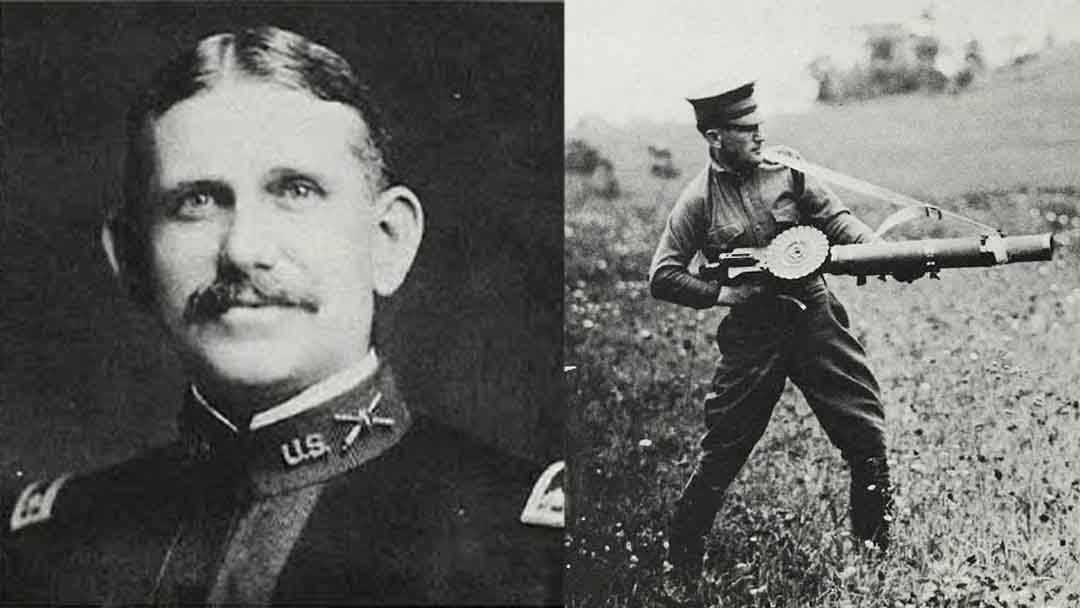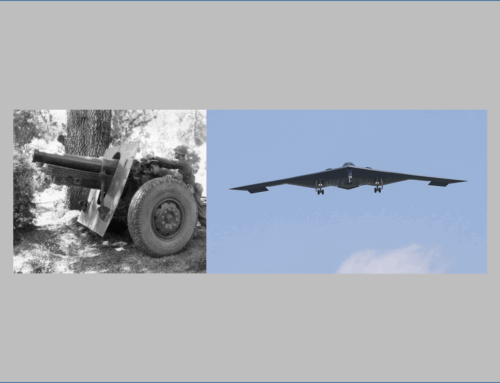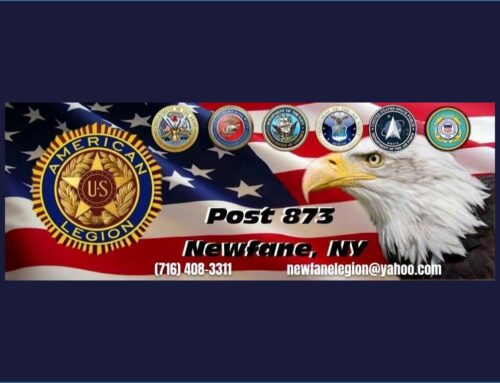U.S.-designed Lewis Gun Made Brits Formidable Foe in World War I
Published: 3 August 2023
By Kurt Allemeier
via the Rock Island Auction Company web site

Isaac-Newton-Lewis
After being rejected by the United States Army, Isaac Newton Lewis, left, took his namesake gun to Europe on the eve of World War 1 and found buyers for his light, air-cooled machine gun. A gunner fires a Lewis gun from the hip with the assistance of a sling. The Lewis gun weighed 26 lbs.
Isaac Newton Lewis showed his machine gun design to several United States ordnance officers and the Secretary of War by 1912, but received no interest from the American military. His military.
By then a colonel in the United States Army, Lewis retired and took the four models of his gun to Europe in 1913, just in time to be one of the most important weapons of World War 1. The Lewis gun was an open bolt, gas-operated, air-cooled machine gun that was light enough to be carried by a doughboy but packed enough punch to mount on new-fangled war machines like airplanes and tanks.
A pair of Lewis guns, one a Birmingham Small Arms Model 1914 chambered in .303 British and a U.S. Savage Model 1917 Lewis gun chambered in the American .30-06, are available in Rock Island Auction Company’s Aug. 25-27 Premier Auction.
The Belgian Rattlesnake
The Lewis gun earned its nickname, “the Belgian Rattlesnake,” from German soldiers faced with its rate of fire of 550 rounds per minute. The gun weighed in at 26 lbs. with its bipod, far less than the M1909 Benet-Mercie that weighed 30 lbs., the Colt Model 1914 machine gun that weighed 93 lbs. with its tripod, and the Vickers that was a hefty 90 lbs. with its tripod and full water jacket for cooling. The Lewis gun weighed slightly more than the Browning Automatic Rifle when it was introduced late in World War 1.
The gun’s mobility was a huge factor in its success, being able to be used and brought to fire more easily and quickly than the far heavier Vickers that required a six-man crew. The British would create a machine gun corps during the war that would strategically treat the Vickers as artillery.
The Birmingham Small Arms (BSA) factory made 145,397 Lewis guns during World War 1 so that each British infantry unit had one by the end of 1917. Demand for the gun was so high that BSA licensed Savage Arms of Utica, N.Y. to manufacture the gun, too. Despite its early rejection of the Lewis gun, the United States eventually received 16,000 by May 1918. Of those, 10,000 were for aircraft and the rest were assigned to the Marine Corps.
Lewis Gun Inventor
Isaac Newton Lewis was born in 1858 in Pennsylvania before his family moved to Kansas. He started his career as a teacher before he attended West Point where he graduated in 1884, 11th in a class of 37. He was commissioned as a second lieutenant for artillery. He earned his first patent, for the world’s first successful artillery range and position finder, in 1888. The United States declined the range finder.
After several assignments and a promotion to captain, in 1900 Lewis went to Europe, ordered by Col. Nelson Miles to study manufacture and supply of ordnance by other countries’ militaries. He reported back and his findings led to new organizational standards for artillery adopted in 1902.
He served with the Board of Ordnance previously and found himself re-assigned there as the board’s recorder. He got caught up in political controversy and testified to Congress about the “obsolete policies and worn-out conditions” in the Board of Ordnance, getting cross-ways with Brigadier Gen. William Crozier who led the board.
Read the entire article on the Rock Island Auction Company web site.
External Web Site Notice: This page contains information directly presented from an external source. The terms and conditions of this page may not be the same as those of this website. Click here to read the full disclaimer notice for external web sites. Thank you.



